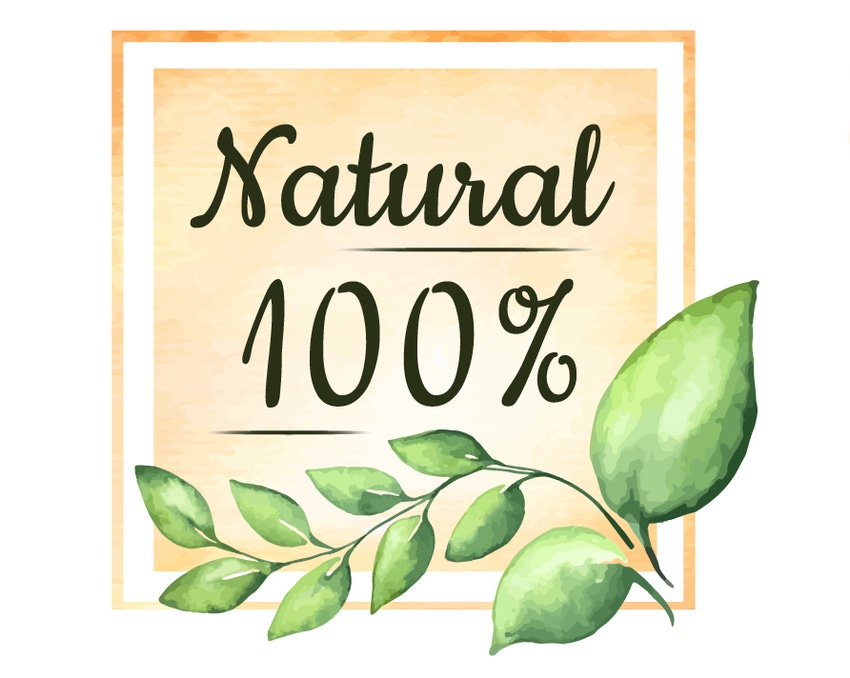Regs addressing food-packaging claims will shape litigation risk in 2019

Label language will be in the crosshairs for food and beverage packagers in the new year, with new and updated regulations increasing litigation risk in some instances. On-pack claims like “healthy,” “natural” and “no genetically modified organisms (GMO)” are on the short list of labeling terms for packagers to monitor as the new regulations take shape.
Los Angeles-based attorneys Keri Borders and Dale Giali, who are both partners in the Litigation and Dispute Resolution practice of Mayer Brown, answer Packaging Digest’s questions about what to expect in food-labeling regulations and litigation in 2019.
Where will we see the most regulatory/litigation activity in 2019 vis-à-vis food and beverage labeling?
Giali and Borders: Though it is risky to handicap where the consumer class-action bar will be in the future (they are, after all, both relentless and adaptable), we expect to see significant developments in 2019 in the following categories of consumer class actions that were quite popular in 2018:
• Multifunction ingredients. Challenges to products labeled as not containing something (such as “no preservatives,” “no artificial flavors”) but having multifunction ingredients that could function as such things (that is, citric acid alleged to have preservative capabilities, malic acid alleged to a be an artificial flavor).
• The war on sugar. Challenges to products that are labeled/positioned as better-for-you, but that have what consumer lawyers claim is excessive amounts of sugar.
• GMO feed. Challenges to products labeled as made with natural ingredients or without GMO ingredients, but where there may be GMO feed in the supply chain of ingredients (such as cheese made from milk from a cow that ate feed that came from crops grown from GMO seed).
• Slack fill. Challenges to packaging that is too large for the amount of product inside.
What are the key regulatory changes to keep an eye on as we enter 2019? How can food/beverage companies prepare for these changes?
Borders: We are looking for the Food and Drug Administration (FDA) to issue new regulations governing healthy labeling and to issue definitive statements about its direction on regulating natural labeling. (See more here.)
Giali: Natural labeling is perhaps the most litigated label term out there.
Borders: We are looking for U.S. Department of Agriculture to issue regulations on mandatory labeling of the presence of GMO in food products. USDA has issued draft regulations, but the final regs have not yet been published. You can find the proposed regs at this link. We are pretty confident there have been modifications to these proposed regs, though exactly what has been modified has not yet been disclosed.
Giali: Companies have plenty of guidance on how to avoid the attention of consumer class-action lawyers by understanding what has gotten companies in trouble in lawsuits over the last eight years.
Will we see a loosening of the federal preemption of state-level consumer-deception claims against USDA-approved labels?
Giali: Products with meat and poultry are regulated by USDA (not FDA) under two federal laws—the Federal Meat Inspection Act (FMIA) and the Poultry Products Inspection Act (PPIA). Significantly, under those acts, USDA conducts a pre-market inspection of the product labels. FDA, which regulates food products without meat or poultry, does not conduct a pre-market inspection of labels.
As part of its inspection, USDA determines whether the labels are false or misleading. If the labels are compliant with the FMIA/PPIA (that is, they are not false or misleading), USDA approves the labels, and the products are released for sale.
For many years, courts have ruled that this USDA pre-market inspection and approval preempts challenges under state consumer-protection laws that the labels are false or misleading. Consumer lawyers, however, continue to challenge that principle, including primarily in state court. Recently, a minority of courts have not seen the preemption issue in the same way. We expect clarity on the issue in the upcoming year from the appellate courts, with the preemption principle fully restored.
Will allergen-labeling regulations be changing?
Giali: We are not monitoring any particular changes to allergen labeling that we believe will result in litigation risk.
Can we expect any activity around non-GMO labeling and/or place-of-origin labeling?
Giali: We expect plenty of litigation on both of these topics, consistent with prior activities. Regarding lawsuits challenging non-GMO claims, we expect the new USDA regulations to have an impact.
What about possible changes in gluten-free labeling regulations?
Borders: We are not monitoring any particular changes to gluten-free labeling that we believe will result in litigation risk.
********************************************************************************
In addition to leading suppliers showing the latest solutions in labeling, automation, food packaging, package design and more—WestPack 2019 (Feb. 5-7; Anaheim, CA) gives you access to the industry's leading educational offerings with the 3D Printing and Smart Manufacturing Innovations Summits, the MD&M Medtech Conference and free industry education at the Expo. Register to attend today!
About the Author(s)
You May Also Like




